News
Stay up to date on the latest crypto trends with our expert, in-depth coverage.
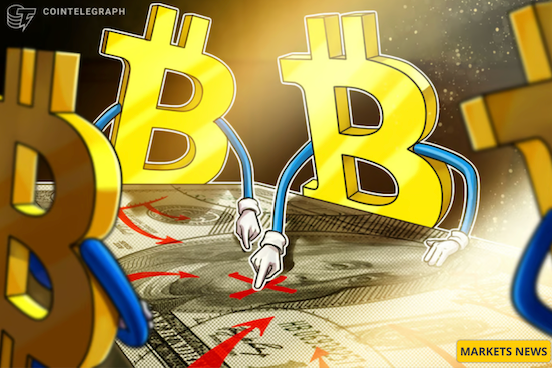
One crypto analyst suggests that Bitcoin long positions may "become viable" once the long-term seller supply increases again.

Bitcoin dropped by 9.7% and ether declined by 14.7% as Trump initiated a trade war with tariffs on Canadian and Mexican imports coming into effect on Tuesday. An analyst stated that Trump's stringent tariff measures have "further fueled risk-off sentiment."
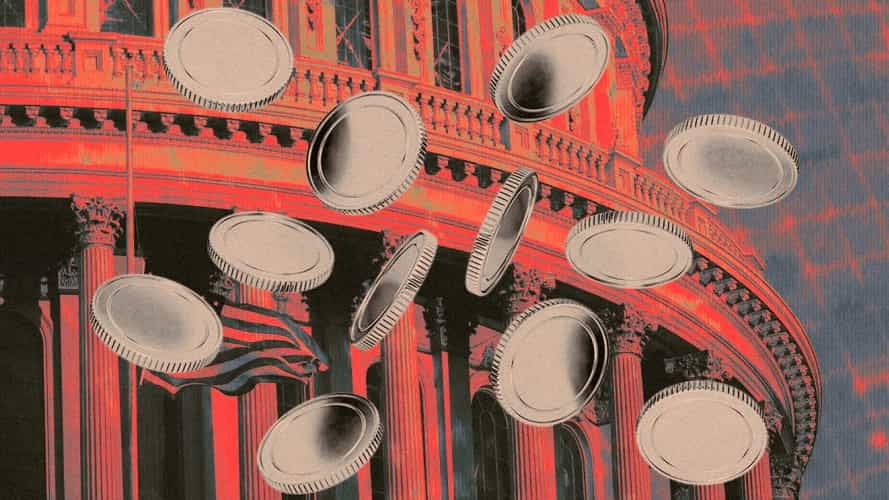
President Trump's announcement regarding a U.S. Crypto Strategic Reserve sent prices soaring across the crypto industry, boosting the total industry market cap by nearly 20% since its recent lows on Friday. Cardano, XRP, Trump's memecoin, and Solana were the best performing coins over the past 24 hours; BNB rose the least out of the top 10 cryptocurrencies by market cap.
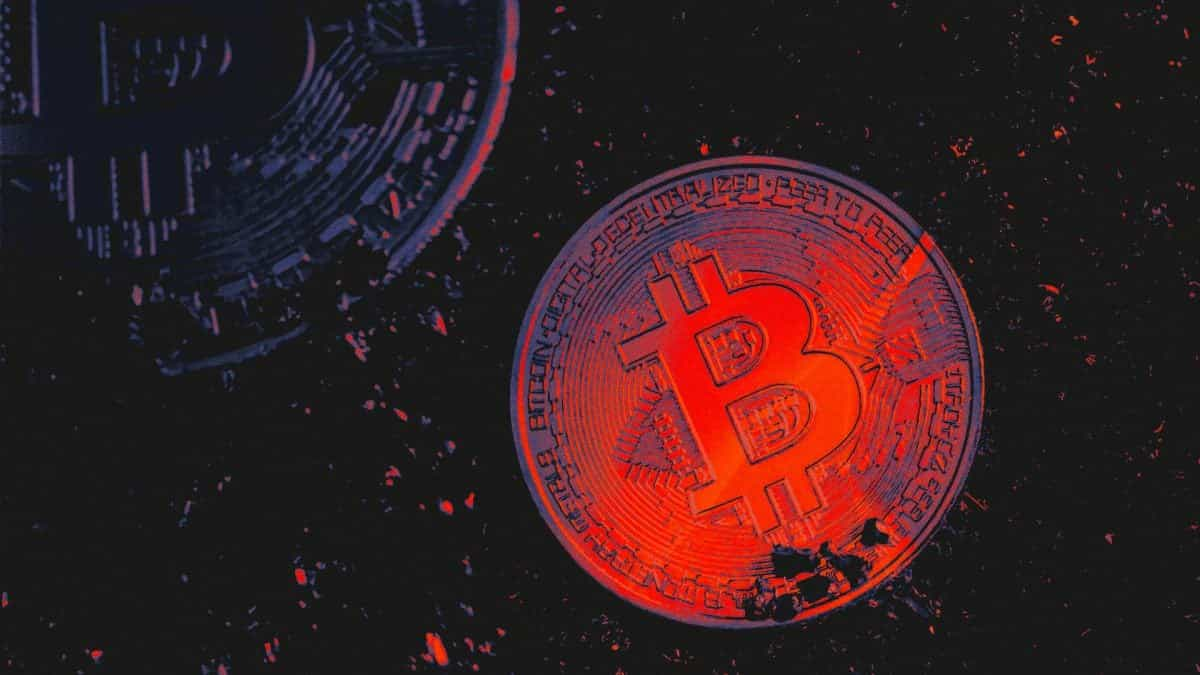
US spot bitcoin ETFs experienced a total daily net outflow of $1 billion, excluding flow data from Ark Invest’s ARKB. During their six-day streak of negative flows, these ETFs saw over $2 billion withdrawn from the products. Analysts suggested that the rebalancing of institutional investors’ positions in the ETFs might have contributed to the record-high outflows.

The sentiment in the crypto market plummeted to "Extreme Fear" following US President Donald Trump's announcement that 25% tariffs against Canada and Mexico are proceeding as planned.
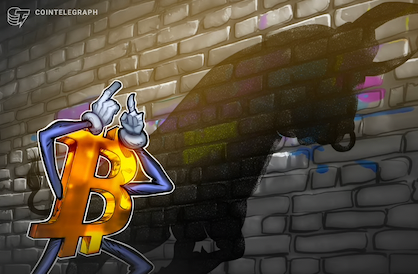
Bitcoin traders are concerned about a return to the lower end of the BTC price range as market inertia allows bears to maintain control approaching the monthly close.
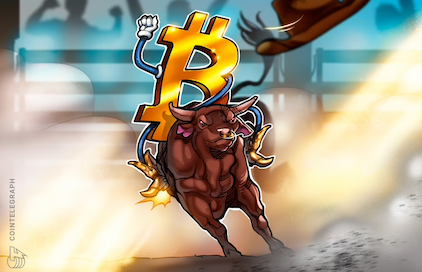
Bitcoin is finally exhibiting behaviour similar to stocks and gold, approaching near all-time highs as BTC price action resumes.

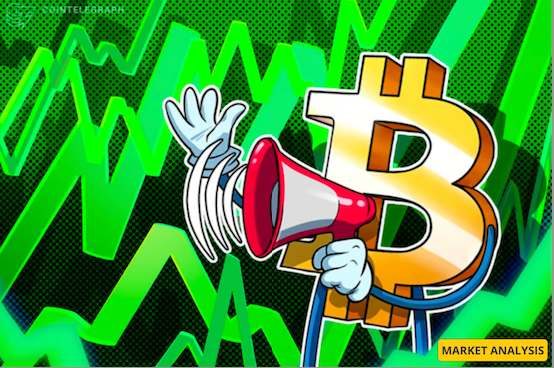
Bitcoin is mirroring gold's price growth path, increasing the likelihood of achieving price targets exceeding $300,000.

World Liberty Financial utilised its USDC reserves to acquire $1.4 million in MOVE and $5 million in wrapped BTC. Additionally, it staked 2,221 ETH with Lido Finance and deposited 5 million USDC into Aave’s lending protocol.
- 18:34Data: If ETH falls below $2,886, the cumulative long liquidation intensity on major CEXs will reach $1.206 billionsAccording to ChainCatcher, citing data from Coinglass, if ETH falls below $2,886, the cumulative long liquidation volume on major CEXs will reach $1.206 billions. Conversely, if ETH breaks above $3,186, the cumulative short liquidation volume on major CEXs will reach $931 millions.
- 18:16All three major U.S. stock indexes closed higher, with Intel rising over 10%.ChainCatcher news, according to Golden Ten Data, U.S. stocks closed higher on Friday. The Dow Jones Industrial Average rose 0.61%, the S&P 500 Index gained 0.54%, and the Nasdaq Composite Index increased by 0.65%. The silver sector led the gains, with Intel (INTC.O) up more than 10%, Meta Platforms (META.O) up more than 2%, and AMD (AMD.O) up more than 1%.
- 17:34MegaETH Co-Founder: Suspension of Pre-Deposits Aims to Ensure Healthy Ecosystem Growth, Sincerely Accepts CriticismBlockBeats News, November 28, MegaETH co-founder brother bing (@hotpot_dao) posted regarding the termination of the MegaETH pre-deposit event, stating, "The team is very dissatisfied with this pre-deposit event, which exposed our lack of preparation for alternative plans. The original intention was to allow community users to exchange some USDm in advance, so that they could interact with some on-chain applications on day one when the mainnet launches. But this intention was buried by poor execution and incorrect market predictions (we initially worried that the $250 million cap would not be filled, so we did not set a limit for individual accounts). In the end, a healthy ecosystem should grow gradually and try to avoid peaking at the very beginning." Previously, MegaETH announced that it would no longer proceed with the $1 billion cap plan, would refund all funds raised through the pre-deposit bridge, and planned to reopen the USDC and USDM swap bridge before the launch of the Frontier mainnet.